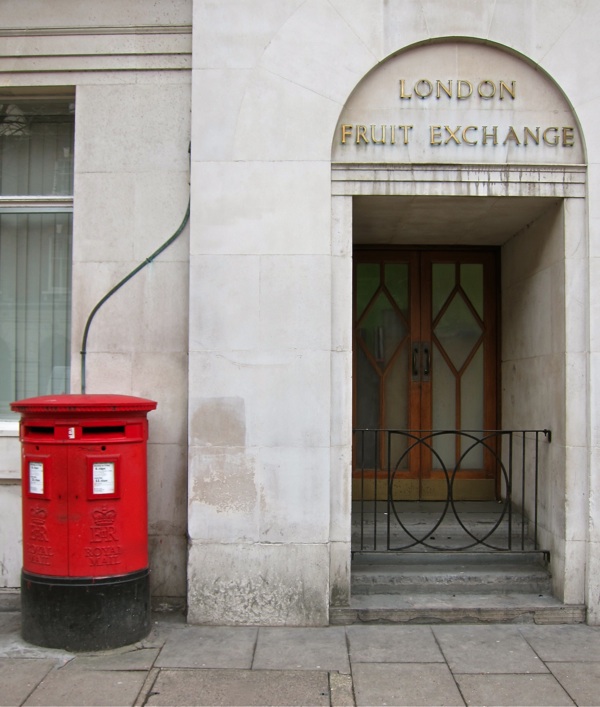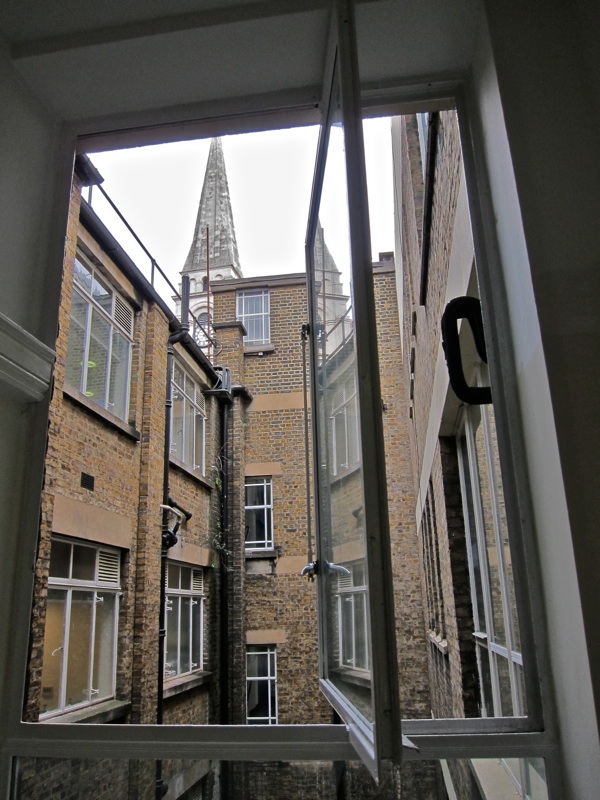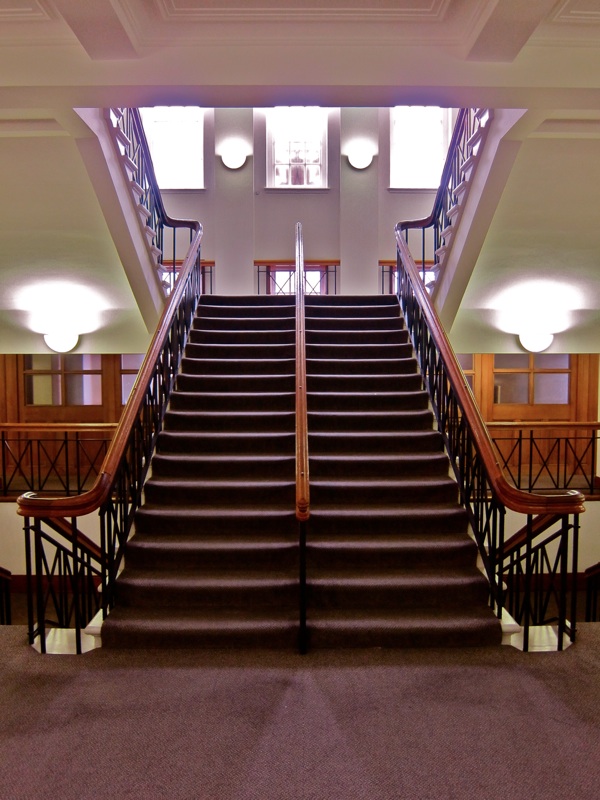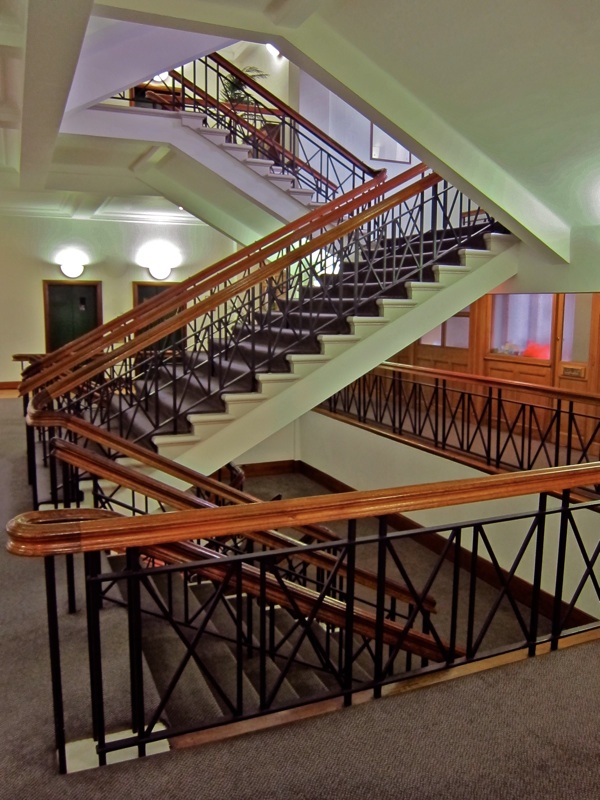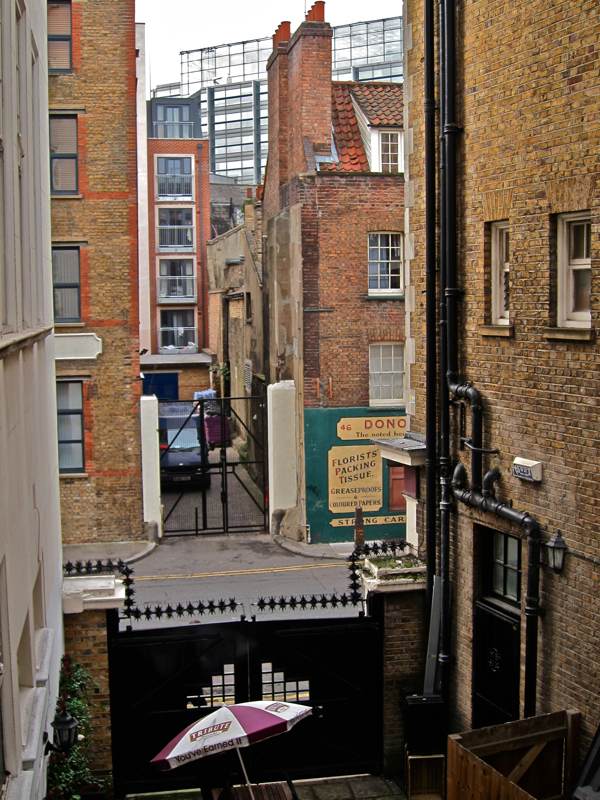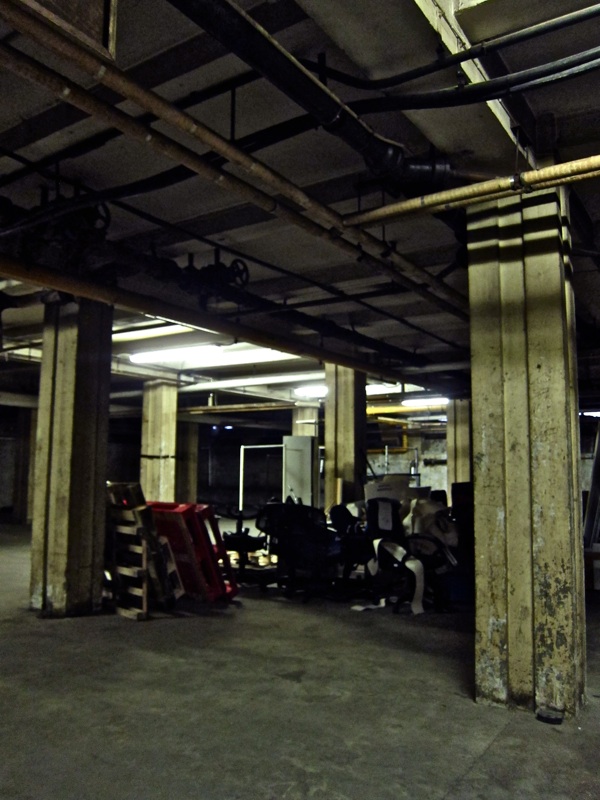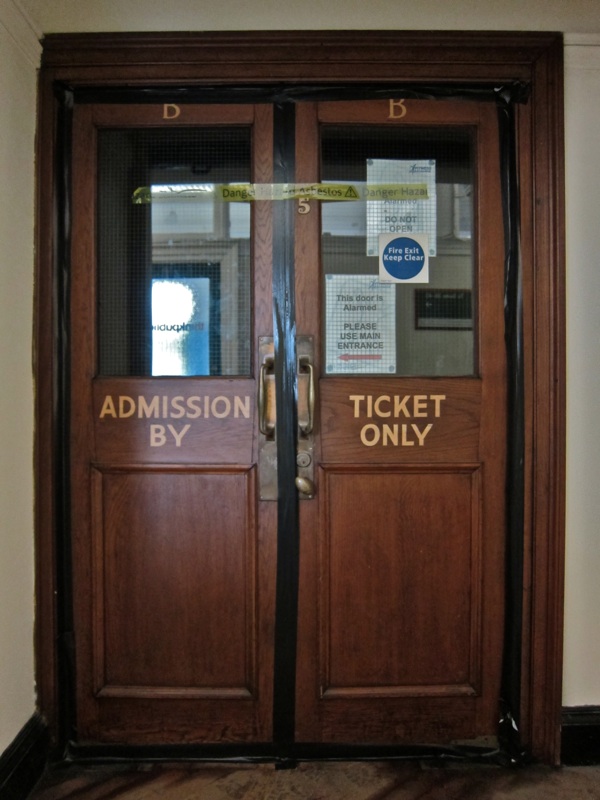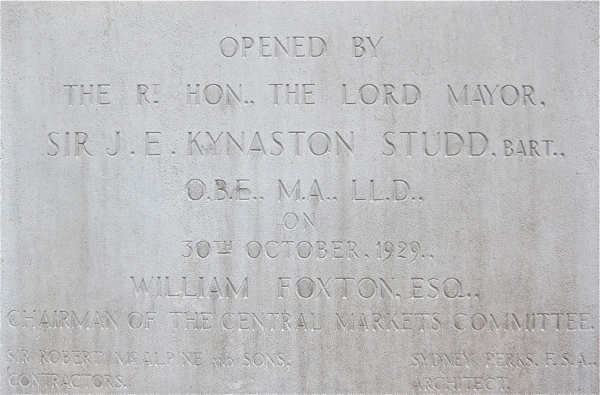Further to my earlier post about the Old Vic Tunnels (reprinted at the bottom of the page) two more posts have been drawn to my attention - about London's lost subterranean world. To add to this we might add London's Citadels -- Wartime seats of Government in Westminster and Dollis Hill. But more of them Later.........
Two Blog posts about lost underground facilities From the excellent http://www.messynessychic.com/ ....


Two Blog posts about lost underground facilities From the excellent http://www.messynessychic.com/ ....
The Secret Museum entombed in the Notting Hill Tube Station
In "Nostalgia" on January 7, 2013 at 6:54 pm

Little do London tube passengers know as they travel through the maze of the underworld, what may lie just on the other side of a wall. As crowds of vintage and antique lovers leave the train at Notting Hill Gate for a day of treasure hunting at Portobello market, they’re probably unaware of the most secret vintage collection of them all.

In the late 1950s, the Notting Hill tube station underwent a major overhaul when the old lifts that transported passengers to and from the train platforms were abandoned and replaced with modern escalators. The passageways to the lifts were sealed off too and everything within them was subsequently frozen in time.
In 2010, some new routine works were underway when the sealed-off passageways were re-discovered after 50 years, revealing a mini museum of well-preserved vintage posters from the post-war era.
The movie posters, as seen in the first photograph, give us a more accurate estimate of when exactly the tunnels were sealed. The Horse’s Mouth and Too Many Crooks were both released in 1958. The old white tiling hasn’t held up too badly either and would date back to 1900 when the deep-level Central Line opened in the station.
Here we have two different plays being advertised, Around the World in 80 Days and one starring Rita Hayworth whose title I can’t quite make out.
The Ideal Home Exhibition, founded in 1908 is still going strong, more commonly known as the ‘Ideal Home Show’.
Toothpaste brand, Pepsodent is still sold in a few countries like India, Malaysia and Finland.
So the bad news is this place is so secret that for the moment, no one can actually access it. Once the lost passageways had been discovered and the Design & Heritage Manager of London Underground, Mikey Ashworth had photographed them for us, it was decided the posters and passageways should be re-entombed and left in isolation. “So please don’t pester the station staff as please do not pester the station staff as the posters are wholly inaccessible” says Mikey, “which is why they’ve probably survived 50 odd years!”
Still I’d be surprised if some urban explorers out there aren’t busy planning a way in.
I suppose the good news is riding the London tube might not be so dull if you know places like this still exist.
Photographs shared with the public by the London Underground. A full gallery can be viewed on Mikey Ashworth’s Flickr account.
London’s Subterranean Secret: The Forgotten Mail Train
In "Boys click here" "don't be a tourist" "shock me" on November 9, 2012 at 1:10 pm
As a former Londoner, born & raised, who thought she knew everything there was to know about the city, finding out that there’s been a secret Royal Mail underground train line beneath our feet for over 85 years was just a little bit shocking. A reader sent me a tip this morning about a group of urban explorers who had managed to infiltrate this notoriously hard-to-reach underworld. The Royal Mail’s underground ‘mini’ railway was used to take letters (and possibly workers) along the tracks to different station/sorting offices stretching from Paddington to Whitechapel. In 2002, it had become an uneconomical service, losing an estimated £1.2M a day, and quietly shut down.
For almost a decade, the abandoned stations and tracks have stood in silence; only empty mail trolleys creaking from the drafts, outdated telephones sitting on abandoned control desks, trains mid-track and frozen in time.
To the thrill-seeking explorers of Silent UK, the Rail Mail was “London’s final unconquered Grail”. With most remaining access points covered in concrete or tucked away in secured live postal depots, “it is without a doubt the Mail Rail sits at the throne of London exploration, laughing maniacally at the puny adventurers unable to even stare it in the eyes without bursting into flames. There is, and will never be anything like it again, its uniqueness forever unrivalled,” recalls the anonymous author at Silent UK. I suppose every city needs its secrets.
Relive about this extraordinary adventure into the London underworld with Silent UK detailing the full story behind the Mail Rail, how they infiltrated it and what they found. Hats off to the team for taking such a risk. Full article and MORE photographs HERE!
WHAT WILL HAPPEN TO THE MAIL RAIL??
Despite sitting as ghost stations and tunnels for almost a decade now, in October last month it was quietly revealed that an architectural firm’s plans for an underground mushroom garden north of Oxford Street have been shortlisted in a civic bid to find out-of-the-box ideas for bringing life back to abandoned industrial infrastructure.
Similar to the idea of the High Line, where derelict railways were successfully converted into urban parks in Paris and New York, architects of the Camden-based firm Fletcher Priest are hoping their linear subterranean fungal garden will soon become a reality.
Seemingly still trying to keep the existence of the old Mail Rail quiet, The Mayor of London, in conjuction with the Landscape Institute and Garden Museum, are still keeping plans rather hush-hush. My guess is they don’t want to encourage unchaperoned exploration of what is potentially a hazardous abandoned tunnel system.
But architect Nick Worley at Fletcher Priest says the dark, damp, environment of the abandoned tunnels is perfect for sporing toadstools, puffballs and edible mushrooms.
“The idea was to have a linear park with a restaurant at either end serving dishes made from produce grown in the park,” says Worley. “Mushrooms were a natural fit.”
Is London ready to reveal one of it’s greatest secrets?
via Westend Extra
This photograph comes from Flickr user Richard Pope who seems to have infiltrated the Mail Rail in 2006. He seems to have stumbled upon an old passenger cart in the abandoned mini railway, showing that mail wasn’t the only thing traveling through those tunnels! My guess is this gem was probably removed before Silent UK’s expedition last year. Hopefully it’s safely stored away and we’ll one day see it in a museum.
Thanks to Silent UK and Richard Pope for being such bad-ass explorers!
Also special thanks to my reader who sent me this incredible tip, and thanks to all readers that often send me the interesting things they come across for my bed time reading!
Old Vic Tunnels Director Says Venue Will Close
Old Vic Tunnels
say
Hidden beneath Waterloo Station lies 30,000 square feet of unused railway vaults, a labyrinth of mystical tunnels. Fast becoming London’s leading underground arts venue, The Old Vic Tunnels lies in an excellent location; close to both Waterloo and Lambeth North underground stations and London’s Southbank. Five cavernous tunnels including a purpose built screening room create a blank canvas for events such as theatre, live music, cabaret, cinema, album launches, photo shoots and just about everything else in between.
With a total capacity of 850 people and excellent meeting room facilities, we are one of central London’s largest venues. Unusual, edgy and full of urban chic The Old Vic Tunnels are a space like no other. Events in 2012 ranged from Rolf Harris’s pop up gallery as part of the BBC’s Jubilee celebrations, a fundraiser by the Bill Clinton Foundation, Mexico’s Day of the Dead Festival presented by Wahaca and Everyman Cinemas co-production of Saturday Night Fever.
We recently won the Big Society Award from Number 10 and the Royal Society of Public Health’s Award for an Outstanding and Innovative Contribution to Arts and Health Practice for new musical Epidemic.
Hidden beneath Waterloo Station lies 30,000 square feet of unused railway vaults, a labyrinth of mystical tunnels. Fast becoming London’s leading underground arts venue, The Old Vic Tunnels lies in an excellent location; close to both Waterloo and Lambeth North underground stations and London’s Southbank. Five cavernous tunnels including a purpose built screening room create a blank canvas for events such as theatre, live music, cabaret, cinema, album launches, photo shoots and just about everything else in between.
With a total capacity of 850 people and excellent meeting room facilities, we are one of central London’s largest venues. Unusual, edgy and full of urban chic The Old Vic Tunnels are a space like no other. Events in 2012 ranged from Rolf Harris’s pop up gallery as part of the BBC’s Jubilee celebrations, a fundraiser by the Bill Clinton Foundation, Mexico’s Day of the Dead Festival presented by Wahaca and Everyman Cinemas co-production of Saturday Night Fever.
We recently won the Big Society Award from Number 10 and the Royal Society of Public Health’s Award for an Outstanding and Innovative Contribution to Arts and Health Practice for new musical Epidemic.
















